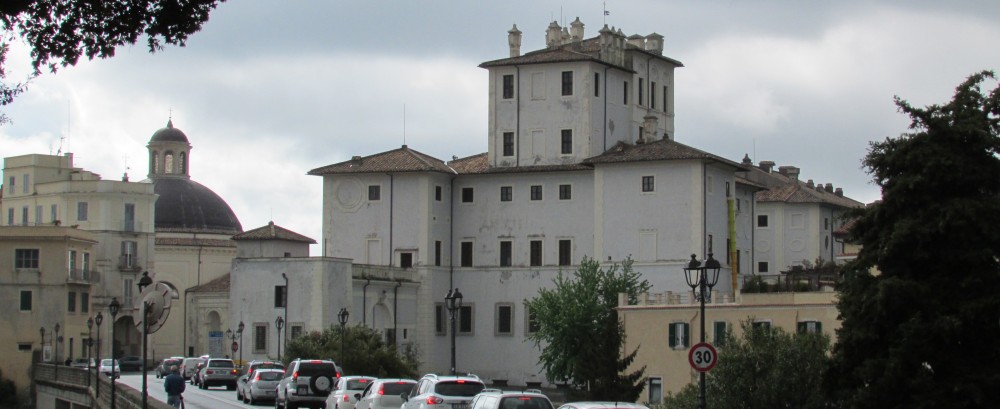I have been in Ariccia for four weeks now, and in these short weeks I already feel that I have learned a lot about the Italian way of living. When I first decided to take on my internship through the JSB program, I had my preconceived ideas of what I thought Ariccia and Italy as a whole would be like. I believed that through the entire experience I would feel like an outsider or a traveler. However, I can say confidently that already in the fourth week I feel like a local.
While becoming so comfortable with this town so fast, the one thing I do not think I will ever get used to is the deep rooted history that Italy holds. The first day we arrived we immediately got to walk through the Palazzo Chigi, which is the beautiful palace in the town square of Ariccia that once served as the summer residence for the Chigi family. Looking at the historical artwork made me feel transported to a completely different era in time, and I am finding that this is what happens when immersing yourself in Italian culture. I had always viewed Italy as a place of rich experiences, food, and historical monuments, but being here to study the weight of why Italy has these attractive features has opened my eyes.
Our first weekend, we went on a walking tour of Rome. Seeing famous sights in Rome that I have heard about for my entire life with my own eyes made me feel that same feeling of being in the Palazzo Chigi for the first time: like I had time traveled back to that specific era. When looking at the Roman ruins I could visually witness in my mind the stories told about a world that significantly influenced the world we possess today. Piazza del Popolo, or “The People’s Square,” is reminiscent of the Ancient Roman gatherings that took place centuries ago, and being able to gather in that same spot now shows Italy’s prevailing history that plays into their society in such a positive way. Witnessing Rome’s history the first weekend provided me with the understanding I needed for diving head first into Italian culture further. Another place that I visited the second weekend, which also provided me with more realizations about the Italian way was Florence. Florence has been named the cradle of the Renaissance because of its staple pieces by famous artists such as Leonardo da Vinci, Michelangelo, and Botticelli.
Being in Florence and Rome’s rich history was just the beginning of me seeing the vast differences between the Italian and American cultures. The historical aspect that Italy carries is something that America cannot even compare too. Italian history traces back to ancient times, which was the Roman Empire from 27 BCE to 476 BCE. Then, after the fall of the Roman Empire there was The Middle Ages until unification in 1861. Our school curriculums are shaped by Italian history that now influences the way they do things in their culture today.
Something that makes Italian culture so rich is not only their sight seeing, but their deep pride that they carry with them for specific things whether it be food, wine, or Italy’s emphasis on craftsmanship/design during the Renaissance which is evident with Milan being the fashion capital of the world. Another very specific aspect of Italy is their wine. Wine in Italy is a cultural staple that dates back to 4,000 years ago when prehistoric people worked with wild grapes in a spot that they named Oenatria, or “land of wine.” Ever since then, Italy has developed and
mastered the art of producing some of the best wine in the world that they take pride in today. For one of our classes, we got to experience a wine tasting and learn the differences between the labels, when to drink certain wines, and the proper way to taste. It is evident how they use wine as a means to bring people together and I am noticing that wine is just a small example of the ways they go about creating community. Their cuisine is something that is also critically important in bringing people together through a sense of pride. Multiple regions have specific dishes and foods that have become an identity piece for that area dating back to thousands of years ago. For example, we went on a field trip to Nemi which is known for their strawberries. Their identity being rooted in their production of strawberries dates back to ancient times where people would grow strawberries on the rich volcanic soil of Nemi. This contributed to the town’s reputation back then and still carries on today. When in Nemi we got to try pastries made with their famous strawberries and it is clear why they have continued to grow them for thousands of years. Something that is clear about Italian culture is that they take their past and cultivate it in their present and create things to marvel at for another thousand years to come. It is no wonder that the Italian way of living is referred to as “la dolce vita,” the sweet life.
-Lillie Griffith

